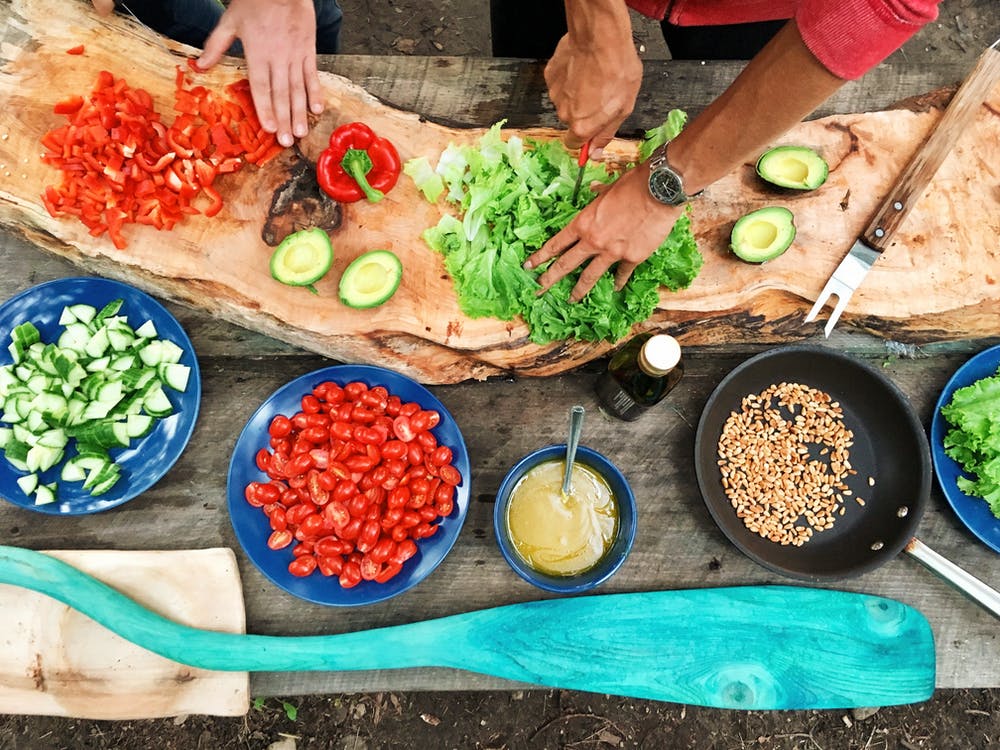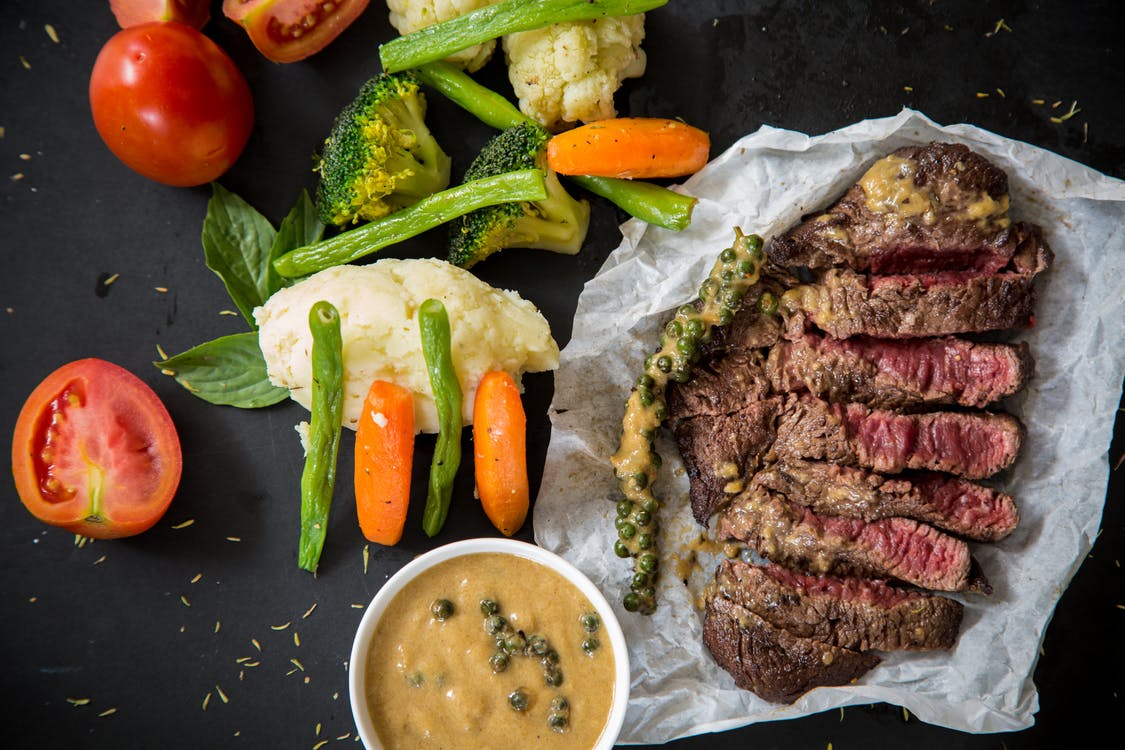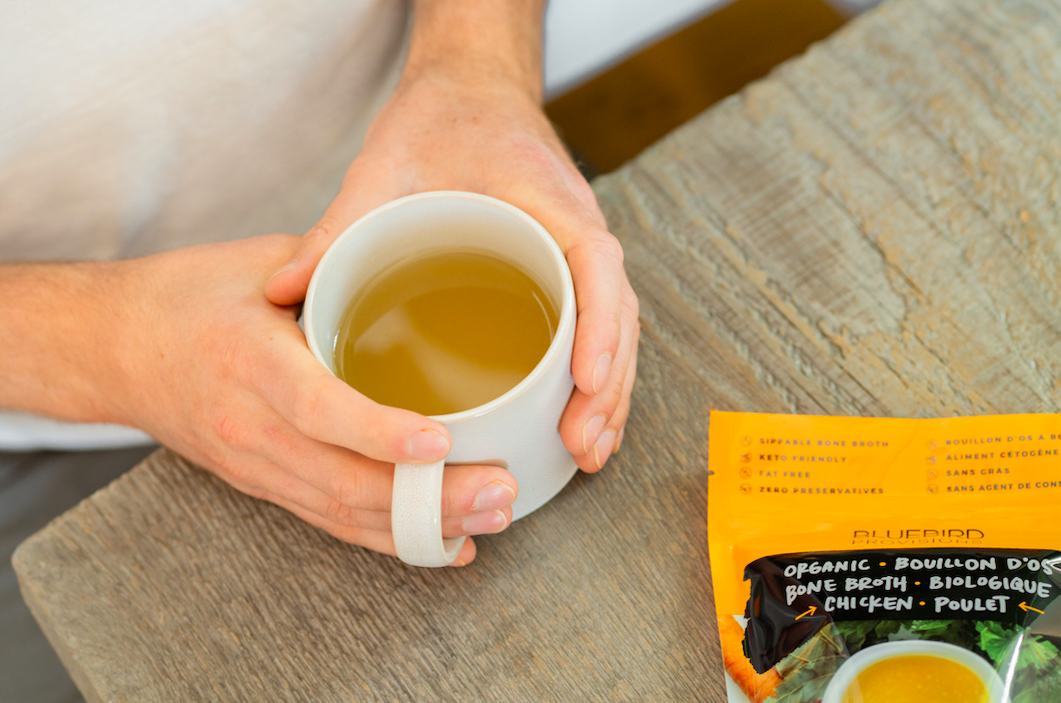Salads are one of the healthiest and most versatile meals you can throw together in just a few minutes! Swapping out ingredients and toppings create numerous recipes and options to try. However, not all of these options are healthy, especially when adding salad dressings that are high in calories or fat. Depending on what combinations and ingredients you put in, salads can be an excellent source of nutrients. Here are some healthy salad recipes to take into consideration:
Plant-Protein-Powered Salad
Plant-Protein-Powered Salads are special because they contain grains. Grains may not the first thing that one thinks of when considering plant-based protein, but as a food group, it still has terrific health benefits. Whole grains can be rich in protein, especially grains such as amaranth and quinoa with 9 grams and 8 grams of protein per cooked cup respectively. Combined with common ingredients such as veggies and leafy greens, this salad can be a go-to for a source of protein.
Creamy Cucumber Dill Salad
Cucumbers are surprisingly healthy in their own right, as they provide many health benefits including hydration, nutrients, and they may even lower blood sugar and aid in weight loss. When added to a salad, cucumber helps to create a healthy recipe for either a snack or a side dish. Creamy Cucumber Dill Salads can be complemented by creamy cashew sour cream and dill to provide a balanced and great tasting dish one can incorporate into their diet.
Autumn Fruit Chia Salad
With autumn in full swing, what better time to try an Autumn Fruit Chia Salad than right now? This salad is a great way to fulfill your daily recommended fruit intake as it contains mixed fruit of all varieties. Apples, pears. grapes, clementines, and cranberries are combined with chia seeds to create an excellent tasting salad. Depending on what season you are in, you can customize and swap out certain fruits to create a dish to your liking.
Dr. Barbara Edwards, a Princeton MD is the Academic Director for the Ambulatory Residency Program at Penn Medicine Princeton Health, providing quality care to uninsured and under-insured New Jersey residents in Mercer and Middlesex counties.






